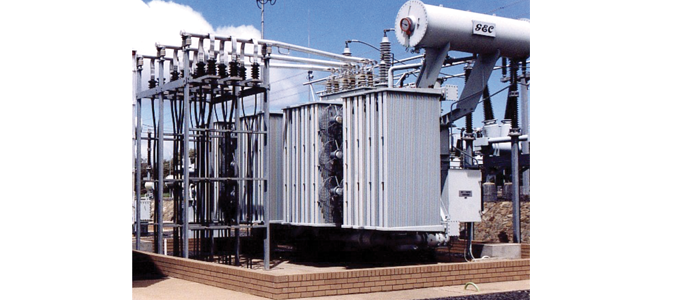- +61 7 3374 2877
- Email Us
The ageing characteristic of cellulosic insulation within a transformer is permanent and irreversible. Mineral oil however, can be changed, cleaned and/or regenerated restoring the oil quality.
Loss of mechanical or electrical strength when paper is neglected can NEVER be regained.
The life of the transformer is the life of the cellulosic paper.
In short, transformers do not die of old age, but are killed by neglect.
A loss of 75% of the initial tensile strength of the cellulosic insulation is now the accepted “End of Life” criteria.
This represents a Degree of Polymerisation (DP) of approximately 200.

Newer transformers have been developed against a different set of design criteria than units pre 1955. With computer aided design and a range of newer insulating products, electrical stresses are higher per unit thickness of insulation, there is far less oil per kVA and cooling passages, vents and radiators are generally smaller.
With less oil /kg of insulation there is less capacity for hot oil to remove moisture from the paper and a reduced ability to dilute concentrated soluble contaminants.
For these reasons, it is even more important to provide good preventative and ongoing performance based maintenance.
Transformers are the single most expensive item of high voltage plant in a substation.
The life of a transformer is the life of its paper insulation. It is essential therefore, to control the various factors that lead to paper degradation.
Transformer main insulation is the:
PAPER which provides
and
OIL which provides
There are three critical factors in a transformer that must be controlled: